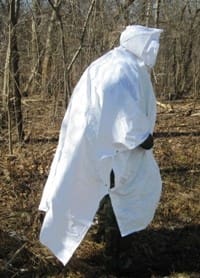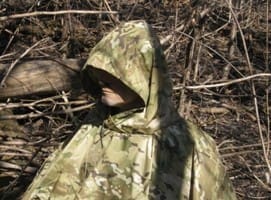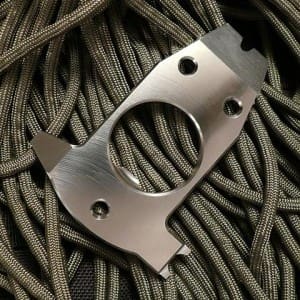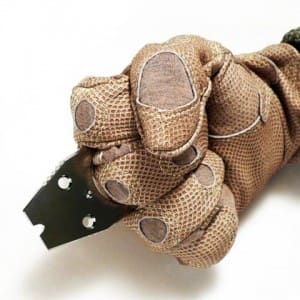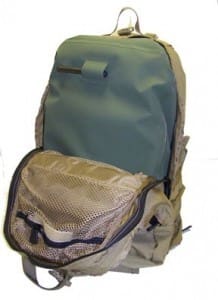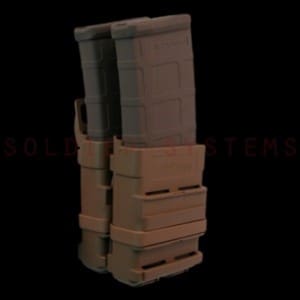Wearing their Rapid Equipping Force hat, The Army’s Asymmetric Warfare Group set about to assemble a package of Commercial Off the Shelf Soldier Systems equipment to conduct a demonstration with members of the 4th Infantry Division deploying to Afghanistan. The aim was to demonstrate that these alternative technologies will enhance the combat effectiveness of our troops fighting in the brutal terrain of Afghanistan.
Unfortunately, a long brewing battle between the Army’s Acquisition community and the REF seemed to come to a head two weeks ago when the office of the Assistant Secretary of the Army for Acquisition, Logistics, and Technology halted the shipment of the equipment package into theater and began to ask some very pointed questions about the capability of the armor package chosen. Long-term friction has come about as the REF continues to conduct rapid identification, assessment, and fielding of critical warfighting technologies while the traditional acquisition system takes a much more methodical approach and fielding of new systems requires longer lead times.
The system in question is the MBAV cutaway plate carrier produced by Eagle Industries used in conjunction with a hard plate only certified for use by USSOCOM. All of this is fully in the Army’s purview and unknown to most sitting on the sidelines of this issue, PEO-Soldier is in the midst of an evaluation of five cut away armor plate carriers. It is highly probable that the cutaway system chosen by AWG is also a candidate in this PEO-Soldier evaluation.
The situation seemed to take on a life of its own and after two weeks of consideration the Army has chosen to field the experimental package and it will be shipped for use by 480 Soldiers across two battalions of the deploying 4th ID. According to Army sources, short notice testing was completed to provide a safety release of the equipment. However, the new lightweight hard armor plates used by SOCOM will be replaced by the Army’s current issue plates.
Data collection will be accomplished by Johns Hopkins Applied Physics Lab.


